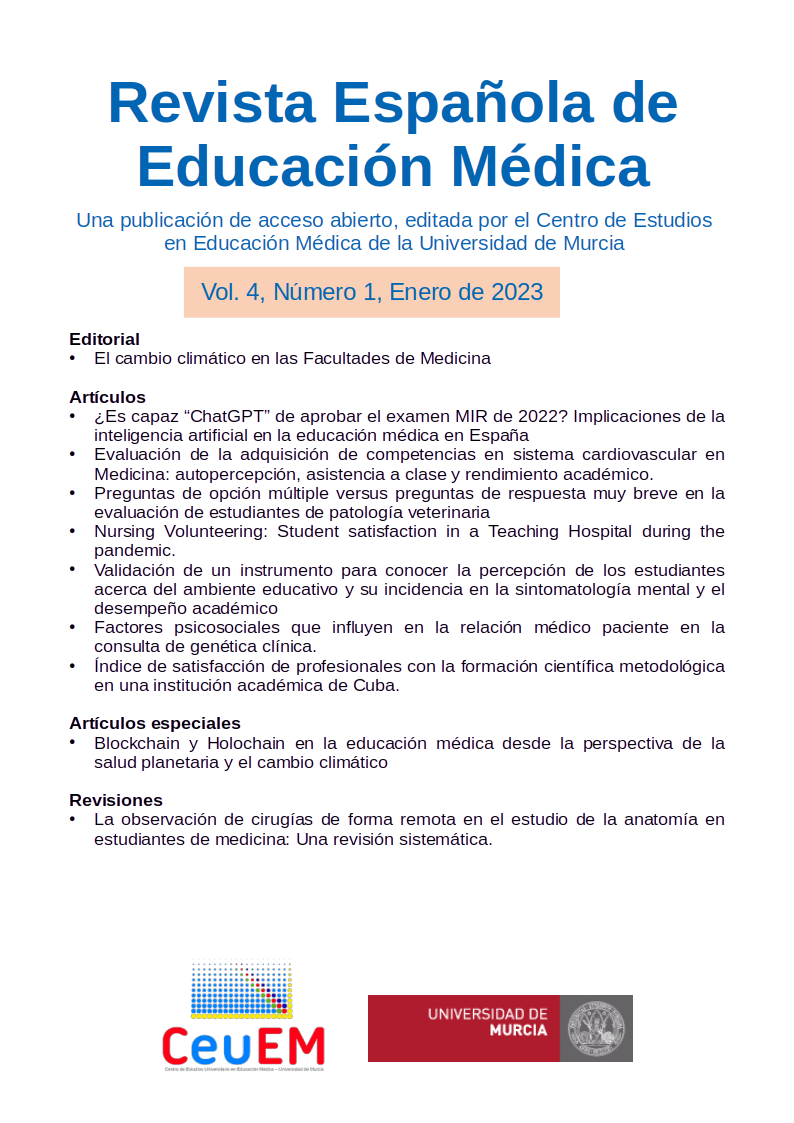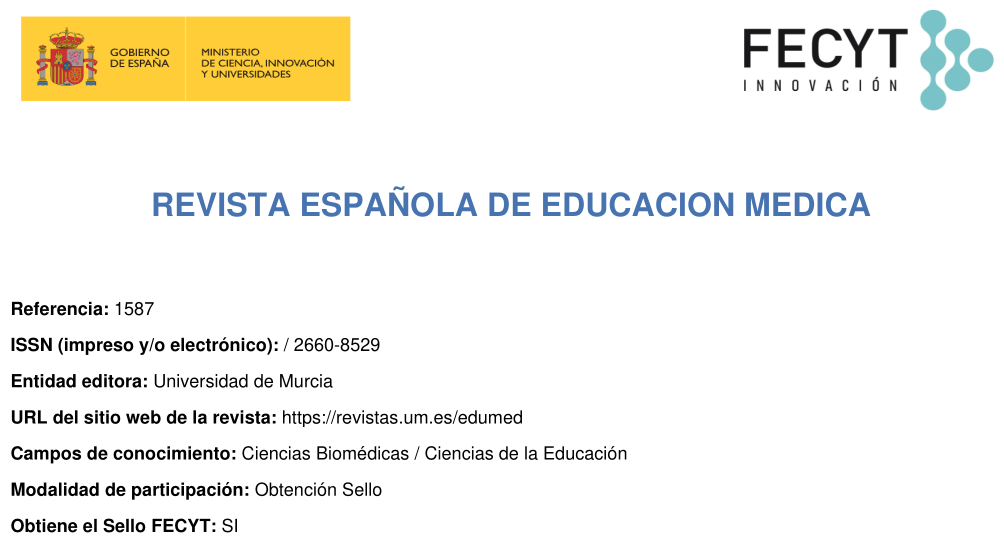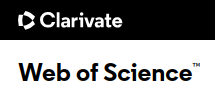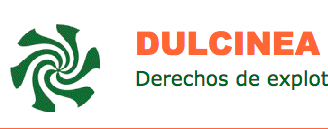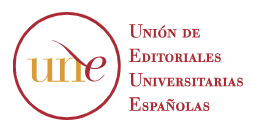Psychosocial factors that influence the doctor-patient relationship in the consultation of clinical genetics.
Abstract
The genetic clinical practice has been recognized as a consultation dedicated to the diagnosis and management of genetic disorders by the geneticist. However, the data on how genetic consultation works in Colombia are unknown and there is a lack of information about the other aspects of the genetic management of the population with genetic disorders. Materials and methods: An observational and semi-structured interview methodology was combined and performed in this study for two geneticists in one health institution of Cali, Colombia. The interview and observations were carried out in two and fourteen moments, respectively. Results: External and internal factors, which might influence and determine the dynamics of the consultation, were identified, such as barriers in the health system, type of consultation and personal beliefs of the geneticist. Conclusion: In summary, the holistic approach to the population with genetic disorders has to transcend the biological approach focused on deficiency and consider both the psychological and social approaches.
Downloads
Metrics
-
Abstract873
-
pdf (Español (España))724
-
pdf724
References
McKusick VA. Mendelian Inheritance in Man. 12th ed. Baltimore: Johns Hopkins University Press; 1998.
Surós Batlló A, Surós Batlló J. Medical semiology and exploratory technique. 8th ed. Barcelona: Elsevier Doyma; 2001.
Montgomery K. How doctors think: clinical judgment and the practice of medicine. New York: Oxford University Press; 2006.
Lorenzano C. The Medical Diagnosis. Subjectivity and Cognitive Processes. 2006; 8:49-172. Available at: https://www.redalyc.org/articulo.oa?id=339630247008
García-Miñaúr, S. Clinical genetics consultation and prenatal genetic diagnosis. Comprehensive Pediatrics. 2014; 8(8):507-514.
Genetic Alliance. The New York-Mid-Atlantic Consortium for Genetic and Newborn Screening Services. Washington (D.C.); 2009.
Emanuel EJ, Emanuel LL. Four models of the doctor-patient relationship. Bioethics for clinicians. Madrid: Triacastela; 1999.
Makoul, G. Essential elements of communication in medical encounters: the Kalamazoo consensus statement. Academic Medicine. 2001; 76(4): 390-393.
Street Jr, RL, Epstein RM. Key interpersonal functions and health outcomes: Lessons from theory and research on clinician-patient communication. In K. Glanz, BK Viswanath (Eds). Health Behavior and Health Education: Theory, research and practice. 4th ed. San Francisco: Jossey-Bass; 2008.
Statham H, Solomou W, Chitty, L. Prenatal diagnosis of fetal abnormality: Psychological effects on women in low-risk pregnancies. Baillière's Clinical Obstetrics and Gynaecology. 2000; 14(4): 731–747.
Quadrelli A, Cardoso MHCA, Castiel LD. On the indicative nature of the clinical method: an anthropological look from a published case report. Collective health. 2014; 10(2):157-169. Available at: http://www.scielo.org.ar/scielo.php?script=sci_arttext&pid=S1851-82652014000200002
Ayres, JRCM. To understand the practical sense of health actions: contributions of philosophical hermeneutics. Collective Health 2008; 4, 159-172.
De León, N. Dimension of medical action and doctor-patient relationship in the pediatric clinical context of genetics. Bioethics. 2008; Sept-Dec: 17-22.
Habermas J. Theory of Communicative Action. I/II edition. Madrid: Taurus; 1988.
Margarit, S. What is genetic counseling and how to do it in oncology? Clinical Medical Journal of Los Condes. 2017; 28(4):524-530. Available at: https://www.sciencedirect.com/science/article/pii/S0716864017300949#:~:text=El%20asesoramiento%20gen%C3%A9tico%20es%20el,contribuciones%20gen%C3%A9ticas%20a% 20the%20disease .
Carbajal Rodríguez L, Navarrete J. Rare diseases. Pediatric Act of Mexico. 2015; 36(5): 369-373. [date of Consultation September 19, 2022]. Available at: https://www.redalyc.org/articulo.oa?id=423642754001
Aranda Sánchez CI, Cedillo Zaragoza, R., del Campo Acosta MG, Ornelas Segovia RO, & Góngora Ortega J. Factors that influence and hinder the communication of bad news in health personnel. University Act. 2014; 24(5): 20-26. [date of Consultation November 29, 2022]. Available at: https://www.redalyc.org/articulo.oa?id=41632450003
Ferreira, MA. Social practices, identity, stratification: three vertices of a social fact, disability. Interstices. 2016; 1(2): 1-14. Available at: https://dialnet.unirioja.es/servlet/articulo?codigo=2884437
Azeredo YN, Schraiber LB. Medical power and the crisis of the bonds of trust in contemporary medicine. Collective health 2016; 12(1): 9-21. https://doi.org/10.18294/sc.2016.864
Perez-Rancel, Maria. Psychosocial Aspects of the Scientific Activity in the Faculty of Medicine. Magazine of the Faculty of Medicine. 2000; 23(1): 28-33. Retrieved on September 15, 2022, from http://ve.scielo.org/scielo.php?script=sci_arttext&pid=S0798-04692000000100006&lng=es&tlng=es .
Lemp S, Calvo E. Acceptance or rejection of clinical standardization?: Chilean doctors talk about clinical guidelines and benefit baskets. Collective health 2012; 8(1): 61-68. Available at: http://www.scielo.org.ar/scielo.php?script=sci_abstract&pid=S1851-82652012000100006&lng=pt&nrm=iso
Ruiz Moral R. A conceptual proposal to guide the development of a curriculum in doctor-patient communication skills. Medical Education. 2015; 16(1):74–82. Available at: https://www.elsevier.es/es-revista-educacion-medica-71-articulo-una-propuesta-conceptual-orientar-el-S157518131500011X
Lopera-Vásquez, JP. Health-related quality of life: exclusion of subjectivity. Collective Health 2020; 25(2): 693-702. Available at: https://www.scielo.br/j/csc/a/pHhcCB54Xvz7jSZnMg3wbXH/?format=pdf&lang=es
Copyright (c) 2022 Servicio de Publicaciones de la Universidad de Murcia

This work is licensed under a Creative Commons Attribution-NonCommercial-NoDerivatives 4.0 International License.
The works published in this magazine are subject to the following terms:
1. The Publications Service of the University of Murcia (the publisher) preserves the economic rights (copyright) of the published works and favors and allows them to be reused under the use license indicated in point 2.
2. The works are published under a Creative Commons Attribution-NonCommercial-NoDerivative 4.0 license.
3. Self-archiving conditions. Authors are allowed and encouraged to disseminate electronically the pre-print versions (version before being evaluated and sent to the journal) and / or post-print (version evaluated and accepted for publication) of their works before publication , since it favors its circulation and earlier diffusion and with it a possible increase in its citation and reach among the academic community.

